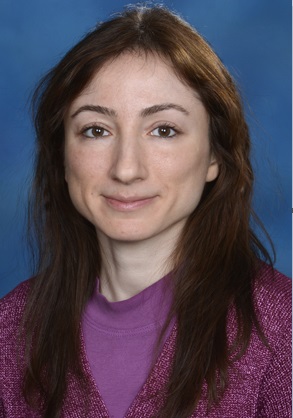Program Information
GPU-Accelerated Research Eclipse Treatment Planning System for Higher-Dimensional Motion-Adaptive Inverse Treatment Planning
A Hagan1 , A Sawant1 , M Folkerts2 , M Svatos3 , A Modiri1*, (1) University of Maryland, School of Medicine, Baltimore, Maryland, (2) University of California, San Diego, La Jolla, CA, (3) Varian Medical Systems, Palo Alto, CA
Presentations
TH-CD-205-4 (Thursday, August 3, 2017) 10:00 AM - 12:00 PM Room: 205
Purpose: We report on a prototype GPU-based research Eclipse treatment planning system for solving large, computationally-intensive, inverse optimization radiotherapy problems. The prototype consists of dual 8-core-Xeon CPUs and 4 Tesla-K80 GPUs (4992 CUDA cores and 24GB RAM per card). As a demonstration, we implement and characterize the performance of a highly-parallelized, particle swarm optimization (PSO) algorithm for 4D-IMRT planning in lung radiotherapy. In contrast to commercially-available 4D-planning solutions, which plan on an internal target volume, or sum plans that are optimized on individual respiratory phases, our technique simultaneously optimizes across the three spatial dimensions and ten respiratory phases, thus solving a significantly larger and non-convex problem.
Methods: The pipeline for our work consisted of (i) creating treatment plans for each phase in Eclipse, (ii) exporting dose-deposition matrices for all (tens of thousands) apertures, and (iii) optimizing aperture MU weights using GPU-based PSO, implemented in-house. To conserve GPU memory, we used the Compressed Column Row sparsification (10:1 compression ratio). An open-source deformable image registration (Elastix), was employed for dose summation. To avoid deforming tens of thousands of dose matrices, we applied deformation vector fields, calculated prior to optimization, to summed dose matrices inside iteration loop. For evaluation, several 4D-IMRT planning tests were performed on patient data, considering 10 phases, 9 beams, 166 apertures (14940 variables).
Results: The computation time for optimizing a 10-phase 4D-IMRT plan with 20 PSO particles over 25 iterations ranged from 27.5min to 15min using one to five GPUs, respectively. However, employing >5 GPUs increased the processing time up to 21min - due to data transfer overload, captured by NVIDIA Visual Profiler.
Conclusion: We developed a GPU-enabled Eclipse workstation and evaluated it for 4D-IMRT inverse planning. The prototype demonstrated processing times comparable to commercial TPSs despite using a global optimization technique where we avoid convexity approximations.
Funding Support, Disclosures, and Conflict of Interest: This work was supported by an NIH grant: R01CA169102.
Contact Email:
